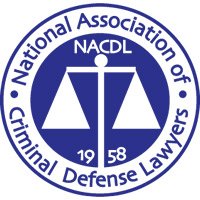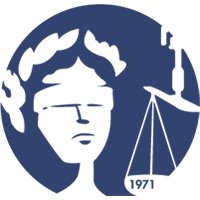THE FEDERAL RULES OF EVIDENCE
THE FEDERAL RULES OF EVIDENCE
The implementation of the Federal Rules of Evidence in 1975, codified what may be characterized as a boon for the prosecution. With its more expansive hearsay exceptions and so- called “catch-all” balancing tests, much is left to the discretion of the trial court.
However, the rules do provide the practitioner with a road map for litigation which has been divided into eleven general categories. A working knowledge of even five of these rules and how they operate in a criminal prosecution will serve both the accused and his Counsel well.
RULINGS ON EVIDENCE [FED. R. EVID. RULE 103]
Knowledge of the Rules is of little use to the client if his counsel fails to properly preserve an erroneous evidentiary ruling for appellate review. Where evidence is erroneously admitted Counsel must be mindful that error is preserved only where an objection is timely made, stating the specific ground for the objection, if the ground is not apparent from the context, Federal Rule of Evidence Rule 103(a)(1). U.S. v. Hutcher, 622 F.2d 1083 (2d Cir. 1980), cert. denied, 449 U.S. 875 (1980) (the phrase “I will object to that” is not sufficient); U.S. v. Arteaga Limones, 529 F.2d 1183 (5th Cir. 1976), cert. denied, 429 U.S. 920 (1976); U.S. v. Sims, 617 F.2d 1371 (9th Cir. 1980) (appellate court refused to consider hearsay objection other than the one made at trial).
Likewise, where evidence has been erroneously excluded, Counsel must make an offer of proof setting out the substance of the evidence that was not admitted, unless same is apparent from the context within which questions were asked. FED. R. EVID. Rule 103(a)(2); U.S. v. Winkle, 587 F.2d 705 (5th Cir. 1979), cert. denied, 444 U.S. 827 (1979) (“will not even consider the propriety of the decision to exclude evidence if no offer of proof was made at trial”). In addition, a party cannot argue new theories regarding the relevancy of evidence on appeal which were not presented to the trial court until post-trial motions; U.S. v. Lara-Hernandez, 588 F.2d 272 (9th Cir. 1978), cert. denied, 444 U.S. 827 (1979).
Rule 103(c) further provides that in order to prevent inadmissible evidence from being suggested to the jury during such preliminary determinations statements, offers of proof or asking questioning should be conducted out of the hearing of the jury. FED. R. EVID. Rule 103(c);
U.S. v. Millen, 594 F.2d 1085 (6th Cir. 1979), cert. denied, 444 U.S. 829 (1979) (the prosecutor should have made offer of proof outside hearing of jury before asking question as to witness’ “gay” relationship).
But See U.S. v. Masters, 840 F.2d 587 (8th Cir. 1988) (trial court does not abuse its discretion by refusing to rule on motion in limine).











